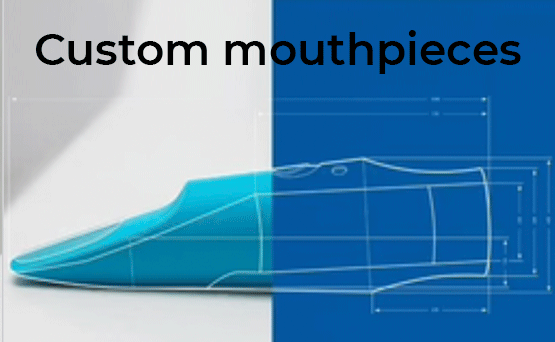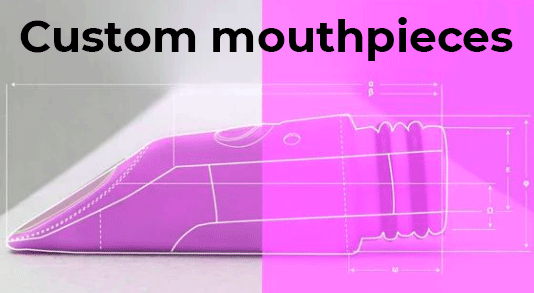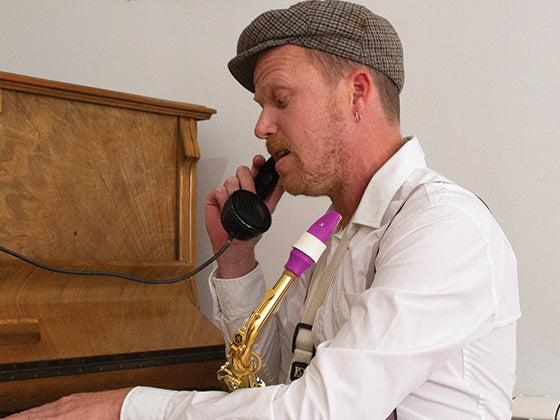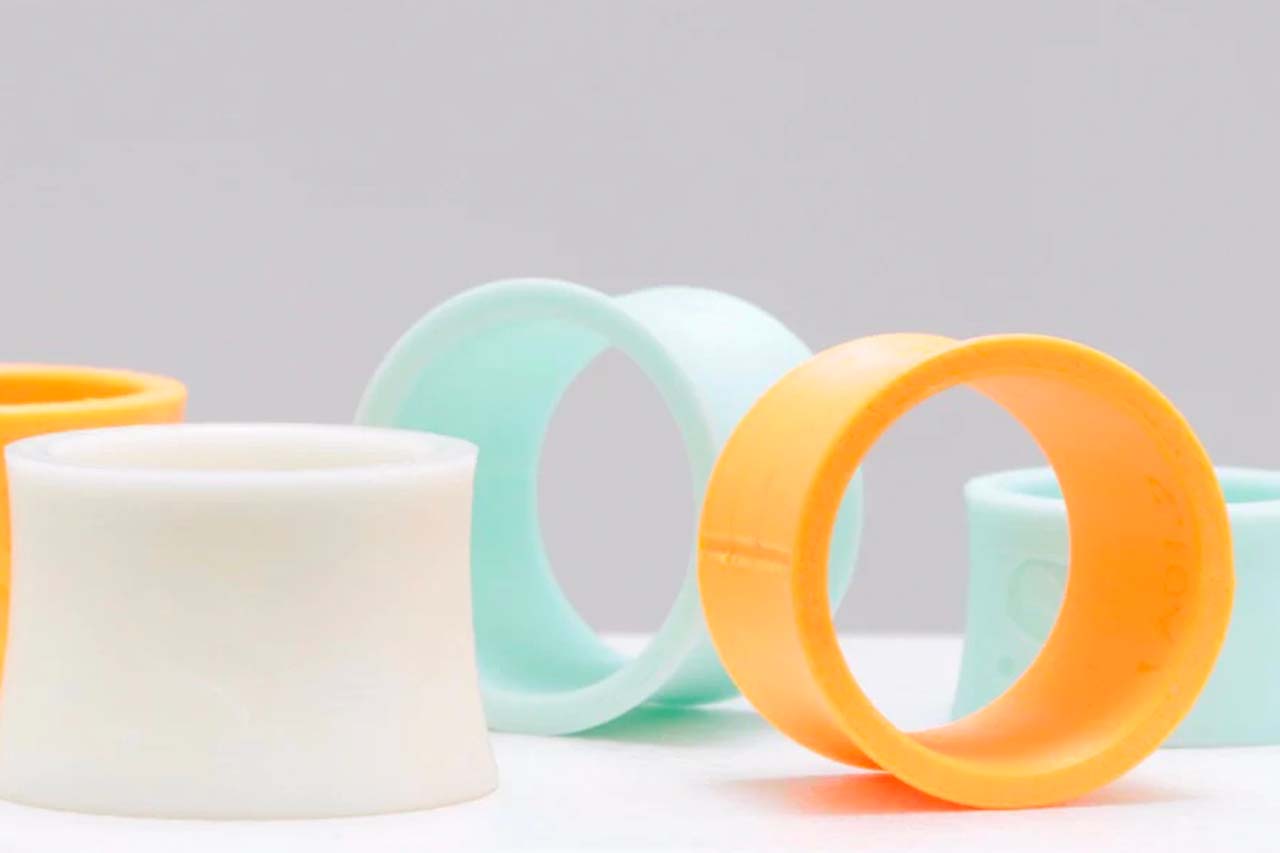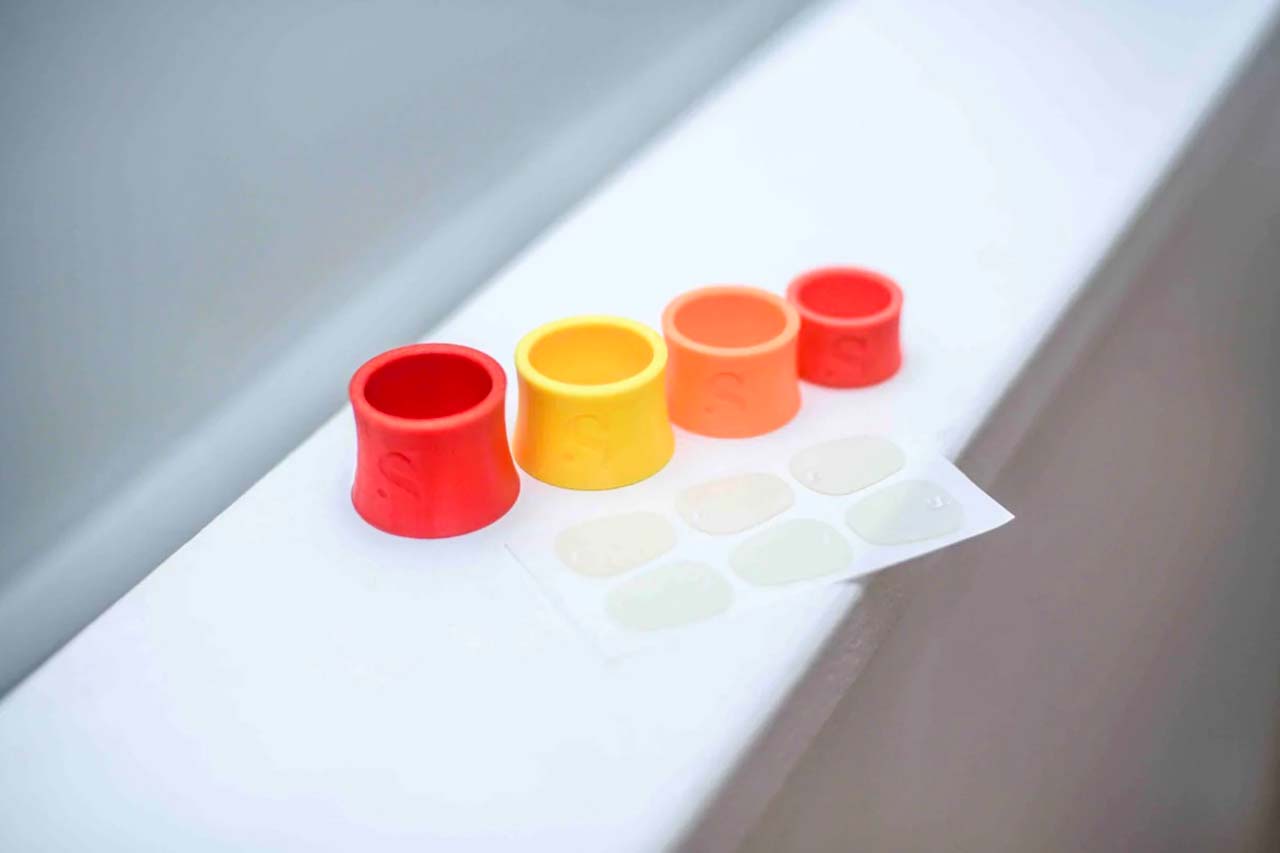The Ligature: myth or reality?
From shoelaces to gold-plated ligatures, opinions abound regarding the reed's attachment to the mouthpiece and its effects. This article gives you an overview, as unbiased as possible, of the influence of the ligature on the vibration of the reed and more generally on the sound of the saxophone.
What is the purpose of a ligature?
A ligature's purpose is to secure the reed to the mouthpiece table whilst allowing part of the reed to vibrate freely. Regardless of object used for this purpose, it is essential to produce sound. The impact of the ligature on the sound and the musician's ease of playing depends on the reed's compression points, where it is placed, the pressure applied by the ligature and the material. Reminisce about your school days as the reed-ligature system is quite similar to the ruler sitting at the edge of your desk.

Compression points
Several configurations exist to obtain the optimal seal between the reed and the table. For the reed, often very slightly concave or convex, the ligature must press (red arrows) on the middle or on the sides of the reed to fit perfectly onto the flat mouthpiece table. It is difficult to determine whether this parameter is the most influential because the reed is quite flexible. The tightening process is generally enough to ensure that the reed is perfectly sealed.

The height of the ligature
The position of the ligature, in comparison with the tip of the reed, is a parameter whose influence is more easily noticed. The height of the ligature can influence the timbre of the sound and its accuracy. The closer the ligature is to the reed tip, the more difficult the lowest harmonic notes are to obtain, and the sound is perceived as brighter and more focused. Also, the tuning can be slightly sharp and the range can be reduced. On the contrary, if the ligature securing the reed is closer to the bottom, the range can be greater and the timbre slightly darker.
The pressure of the ligature on the reed
The pressure of the reed on the mouthpiece affects tonal quality. The greater the pressure, the brighter and rounder the sound. Conversely, a loosely ligature will produce a duller sound. Tightening the reed closely or loosely allows you to modify the opening of the mouthpiece (to some degree).

The ligature material?
Gold or silver plated metal, leather, fabric, wood, polymer... There are as many materials as there are ligature standards. In general, manufacturers agree that the ligature material vibrates very slightly with the reed and therefore influences the overall sound of the saxophone. It is likely that metal will sound brighter and more powerful than the sound of a leather or cloth ligature. But this is also linked to the tightening of the reed, which is often less pronounced with softer ligatures. As for polymers, no studies have been conducted to date,however they function perfectly well. To sum up, the correlation between the sound of a saxophone and ligature material is a very subtle matter which involves minimal variations, often imperceivable to most saxophonists.
Ligatures inspire musicians and inventors
No matter what is said about saxophone ligatures, research on the topic is extensive. In 2013, a manufacturer won the Lépine contest with a ligature that allows the parameters discussed above to be adjusted. Also, many artisan-musicians create their own ligatures and sometimes sell them. Others do not care about these parameters and claim that simplicity is often the solution. The ligature has also inspired Syos: a streamlined design for greater simplicity and efficiency (see our selection of ligatures on our online store). In short, the ligature inspires the most beautiful technologies and the most unusual objects...

In closing
Although the ligature is a key component of sound emission, it does not require extraordinary design to function. Research carried out on the saxophone ligature has made it possible to find optimal situations to improve the simplicity of emission and the tonal quality. However, to hear and feel these improvements, one needs a fine ear and extensive knowledge of the saxophone. The quality of a ligature depends on the right material, a lot of work, and a great deal of psychology!
In summary:
- The ligature is essential in order to produce sound.
- Even the most basic ligature will do the job.
- Ligatures influence several parameters (tightening, material...) affecting the reed which are more or less perceptible depending on the saxophonist's habits.

